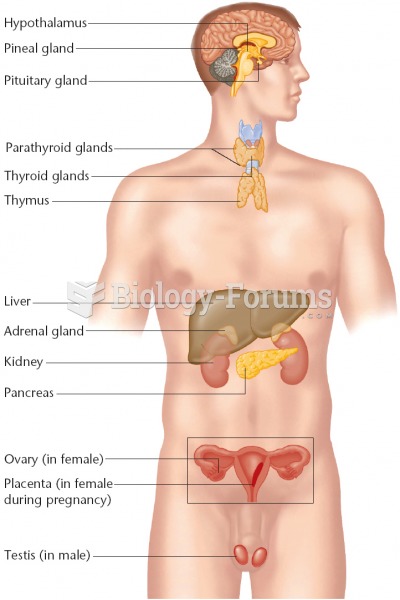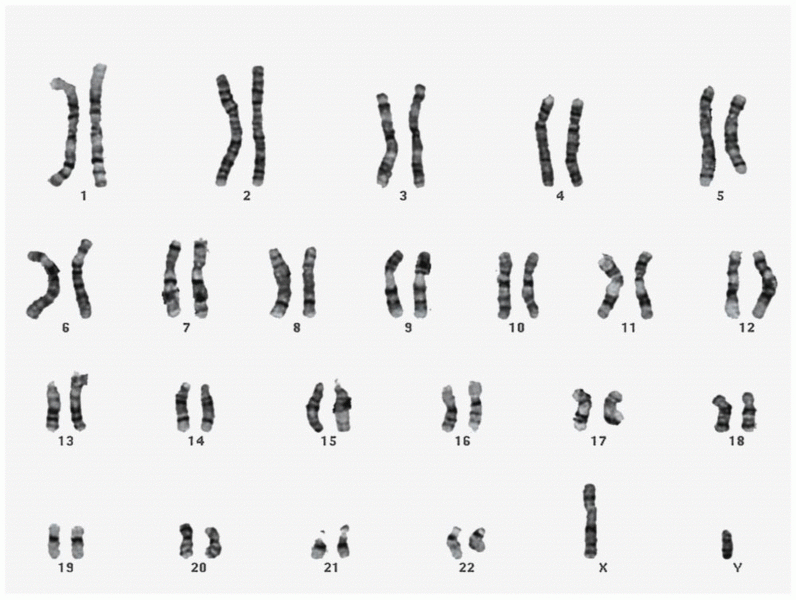Answer to Question 1
Enteral feeding, particularly in the very malnourished individual, can result in symptoms associated with malabsorption. In protein-calorie malnutrition, there is atrophy of the gastrointestinal mucosal layer. Intestinal villi are also lost. Enteral refeeding can therefore produce malabsorptive symptoms if the intestinal mucosa is unable to process ingested nutrients.
Frank is likely to be in negative nitrogen balance. Protein is the only source of nitrogen for the body. When protein intake matches nitrogen excretion, an individual is in nitrogen balance. In situations where there is tissue breakdown from illness or decrease in dietary protein, nitrogen loss exceeds intake. Frank's pancreatic cancer and loss of appetite would result in tissue catabolism, creating a state of negative nitrogen balance.
Carbohydrates in the diet ensure energy requirements are met without converting proteins or fats to usable energy sources. Ketone production has the effect of decreasing appetite, an undesirable effect in those who are ill or underweight. Protein and fat metabolism also generates metabolic wastes that are osmotically active. Renal excretion of these wastes can lead to dehydration and electrolyte imbalances. A diet containing carbohydrates is therefore necessary to prevent the catabolism of tissue proteins and the production of ketone bodies.
Answer to Question 2
Suppression tests are particularly valuable when determining the hyperfunction of an endocrine gland. In an intact negative feedback mechanism, the administration of a hormone would suppress the action of the endocrine gland regulating its release. Therefore, in a healthy individual, the administration of a glucocorticoid would suppress the activity of the hypothalamic-pituitary complex. If suppression does not occur, the pituitary may be in a state of hyperfunction and unresponsive to serum cortisol levels.
Cortisol and other steroid hormones are inactivated when bound to protein carriers. The hormones are conjugated in the liver and then excreted in the bile and urine. By measuring hormone levels in the urine, hormone status is more accurately determined from a 24-hour sample instead of an isolated sample from one moment in the day. Urine is also easy to collect and less invasive than blood sampling.
Protein-based hormones exert their effects by binding to surface receptors on cell membranes. The binding of the hormone may act to stimulate the activity of second messengers (i.e., cAMP). Alternatively, the binding may initiate a direct response by the cell by causing ion (i.e., calcium) channels to open. Steroid hormones are fat soluble and therefore pass directly through the cell membrane. Once inside the cell, they bind to intracellular receptors. These hormone-messenger complexes move to the nucleus and act to stimulate or suppress the gene activity of the cell. Whether by surface or intracellular receptors, hormones act to alter the protein synthesis and therefore function of the cell.






